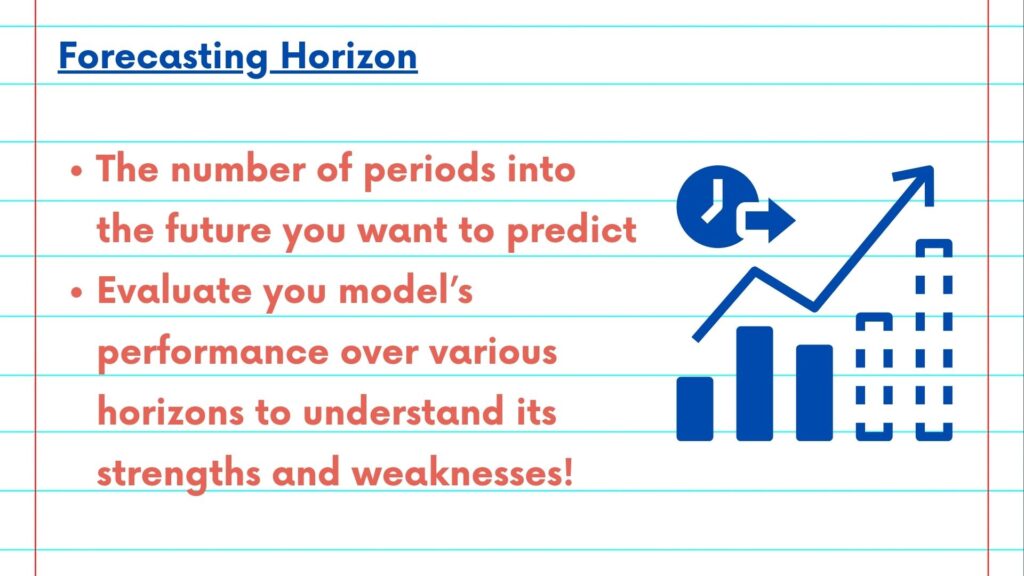This NSDC Data Science Flashcards series will teach you about time series analysis, including data preprocessing, decomposition, plots, and forecasting. This installment of the NSDC Data Science Flashcards series was created by Varalika Mahajan. Recordings were done by Aditya Raj. You can find these videos on the NEBDHub Youtube channel.
In this video, we’ll explore how to assess the performance of your time series forecasting models.
Overfitting is a common challenge in time series modeling. It occurs when a model fits the training data too closely, capturing noise rather than true patterns. It’s crucial to strike a balance between model complexity and performance.

Out-of-sample testing involves splitting your data into a training set and a testing set. This allows you to assess how well your model generalizes to unseen data.

Cross-validation techniques, such as Time Series Cross-Validation (TSCV) or rolling-window cross-validation, help you evaluate your model’s performance across different time periods.

Key evaluation metrics for time series models include Mean Absolute Error (MAE), Mean Squared Error (MSE), and Root Mean Squared Error (RMSE). These metrics quantify the accuracy of your forecasts.

The forecasting horizon is the number of periods into the future you want to predict. Evaluating a model’s performance over various forecasting horizons helps you understand its strengths and weaknesses.

Comparing your model’s performance to simple benchmark models, like a naive forecast or a moving average, provides a baseline for assessment.
Time Series Model evaluation isn’t a one-time task. It’s an ongoing process that requires continuous monitoring and model refinement as new data becomes available.
By rigorously evaluating your Time Series Models, you ensure that your forecasts are accurate, reliable, and valuable for decision-making in your domain.

Please follow along with the rest of the NSDC Data Science Flashcard series to learn more about time series analysis.
